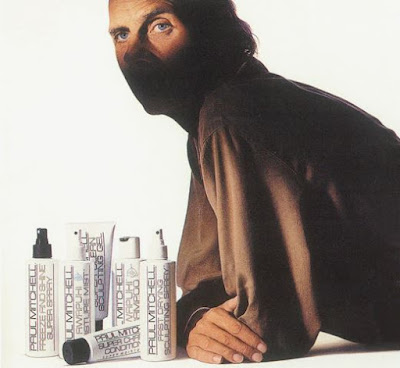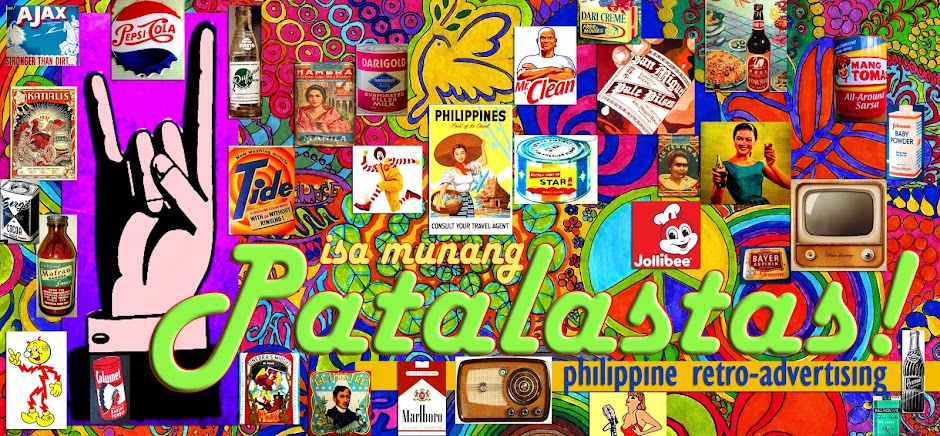 |
| JOLINA ZANDUETA---that beautiful face! POND's Ad, 1976 |
In the mid 70s, a new face burst into the local modeling scene with the homecoming of Filipina-Polish international model Jolina Wyrzykowski-Zandueta. She was the daughter of Jolyon Wyrzykowski, a Polish and opera singer Maria Nina Zandueta, a Filipina, whose contemporaries included Irma Potenciano and Conching Rosal. Nina Zandueta took her daughter in tow when she returned to Manila to join a twin bill production of I Pagliacci and Cavalleria Rusticana.
 |
| HARPER'S BAZAAR COVER GIRL, JOLINA ZANDUETA,1970 |
 |
| JOLINA ZANDUETA,for PONDS' Philippines, 1976 |
POND’s snapped her immediately, and Jolina appeared in a print ad—part of a “Secrets of a Beautiful Face” series, actually—that saw print in local magazines. She became the toast of Manila, and made the rounds of exclusive fashion shows and local media.
 |
| PAUL MITCHELL--The Man Behind the Brand |
At that time, she was already married to Paul Mitchell, a successful hairstylist at 16, who built his fortune as a co-founder (along with John Paul Dejoria) of the John Paul Mitchell Systems. The company that developed and sold hair care products that would become famous global brands.
 |
| JOLINA AND ANGUS, FB Page, Angus Mitchell |
Jolina and Paul had an only child, Angus Mitchell, born in 1970. Their son inherited the business in 1989 upon the death of Paul from pancreatic cancer in 1989. He would expand the company by operating hairdressing schools in 2000.
Today, Jolina Zandueta Mitchell is a passionate advocate in the fight against pancreatic cancer, climate change, and in the promotion of clean energy, and wildlife conservations.
Jolina Zandueta Harper’s Bazaar Cover photo: Vtntage Von
Werth, https://vintagevonwerth.de/products/harpers-bazaar-us-june-1970
Paul Mitchell photo: Wikipedia.org, https://en.wikipedia.org/wiki/Paul_Mitchell_(hairdresser)
Paul Mitchell advertisement: Paul Mitchell-Behind the Brand, https://www.ry.com.au/ontrend/news/paul-mitchell/
Angus Mitchell FB Page, Jolina Mitchell Instagram





















